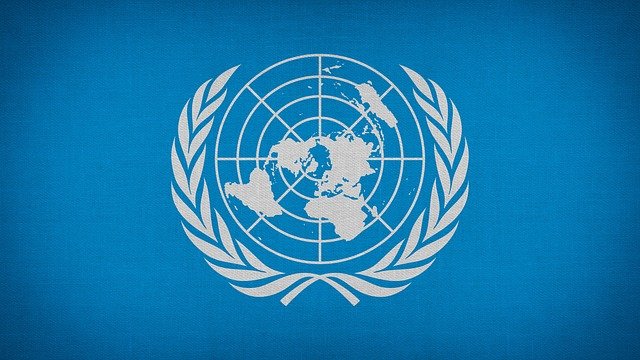Micronationalism: The Rise of DIY Countries
In an era of global interconnectivity, a curious phenomenon is gaining traction. Individuals and small groups are establishing their own sovereign states, complete with flags, currencies, and constitutions. Welcome to the world of micronations, where imagination meets geopolitics. Read below to explore this fascinating intersection of identity, governance, and creative expression.

The Origins of Micronationalism
The concept of micronations isn’t entirely new. Throughout history, there have been instances of individuals or groups attempting to establish their own sovereign territories. However, the modern micronation movement gained significant momentum in the late 20th century, coinciding with the rise of the internet and increased global connectivity.
One of the earliest and most famous examples is the Principality of Sealand, established in 1967 on an abandoned World War II sea fort off the coast of Suffolk, England. Its founder, Paddy Roy Bates, declared it a sovereign nation, complete with its own currency, passports, and royal family. While not officially recognized by any established nation, Sealand has become a symbol of the micronation movement and has inspired countless others to follow suit.
The Sociological Implications of Micronationalism
At its core, the micronation phenomenon reflects a deep-seated human desire for autonomy, identity, and belonging. In a world where traditional nation-states often feel distant and impersonal, micronations offer a sense of direct participation in governance and community building.
Sociologists view micronationalism as a form of social experimentation, allowing individuals to explore alternative models of society, government, and cultural expression. These tiny nations serve as laboratories for testing new ideas about citizenship, economics, and social organization, often challenging conventional notions of what constitutes a viable state.
The Digital Revolution and Virtual Micronations
The advent of the internet has revolutionized the micronation movement, giving rise to virtual micronations that exist entirely online. These digital territories blur the lines between reality and cyberspace, offering citizenship to anyone with an internet connection.
Virtual micronations have become platforms for exploring issues of digital sovereignty, online governance, and the nature of community in the age of social media. They raise intriguing questions about the future of nationhood in an increasingly digital world, where physical borders may become less relevant.
Micronations as Cultural Critique
Many micronations serve as vehicles for social and political commentary, using humor and satire to highlight perceived flaws in existing systems of governance. By creating absurd or exaggerated versions of nation-states, micronationalists draw attention to issues such as bureaucracy, corruption, and the arbitrary nature of borders.
These tiny countries often embrace unconventional ideologies or governing structures, from benevolent dictatorships to anarchist collectives. In doing so, they challenge us to reconsider our assumptions about how societies should be organized and governed.
The Legal Limbo of Micronations
Despite their creative ambitions, micronations exist in a legal gray area. No established nation has officially recognized a micronation as a sovereign state, and most exist on territory already claimed by other countries. This lack of recognition poses significant challenges for micronationalists seeking to assert their sovereignty.
However, some micronations have managed to carve out a degree of de facto autonomy. The Principality of Hutt River in Western Australia, for example, operated for nearly 50 years before dissolving in 2020, during which time it issued its own currency, stamps, and passports.
The Future of Micronationalism
As the world becomes increasingly interconnected and traditional power structures continue to evolve, the micronation movement shows no signs of slowing down. New micronations are declared regularly, each with its unique vision and purpose.
While it’s unlikely that micronations will ever achieve widespread recognition as sovereign states, their impact on discussions about governance, identity, and community is undeniable. They serve as reminders that the concepts of nationhood and citizenship are not fixed but are constantly being redefined by those bold enough to imagine alternatives.
In conclusion, micronationalism represents a fascinating intersection of politics, sociology, and creative expression. These tiny nations, whether physical or virtual, challenge our understanding of what it means to be a country and offer valuable insights into human desires for autonomy and belonging. As we navigate an increasingly complex global landscape, the lessons and innovations emerging from the world of micronations may prove more relevant than ever.





